AISO Car Care Guide: Spring Car Maintenance Strategy, Let Your Car Start Fresh
Release time:
2025-04-16
Author:
Source:
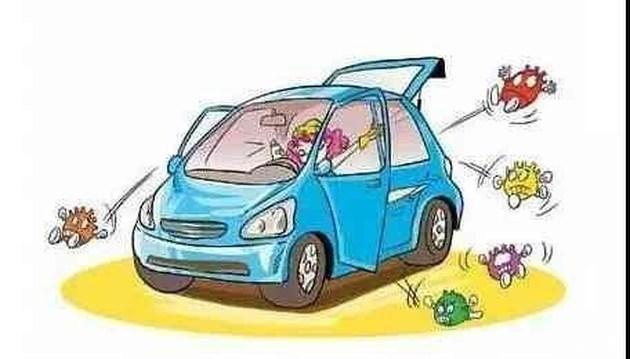
Spring has arrived, and all things are reviving. While we enjoy the beautiful spring days, our cars also need careful care to accompany us on our journeys in optimal condition. Today, we bring you a super detailed spring car maintenance guide. Let's give our beloved cars a comprehensive "check-up"!
I. Vehicle Body Cleaning and Paint Care
(1) Vehicle Body Cleaning
Spring brings more rain, and rainwater often contains acidic substances. Coupled with windy and sandy weather, various dirt easily accumulates on the car body. If not cleaned promptly, it not only affects the appearance but may also damage the paint. It is recommended to choose a sunny day every so often to thoroughly clean the car body with professional car wash liquid and a soft towel. When washing the car, pay special attention to areas that easily accumulate dirt, such as body gaps, window edges, and the bottom of the doors. Don't forget to rinse the vehicle's undercarriage to remove attached mud and debris.
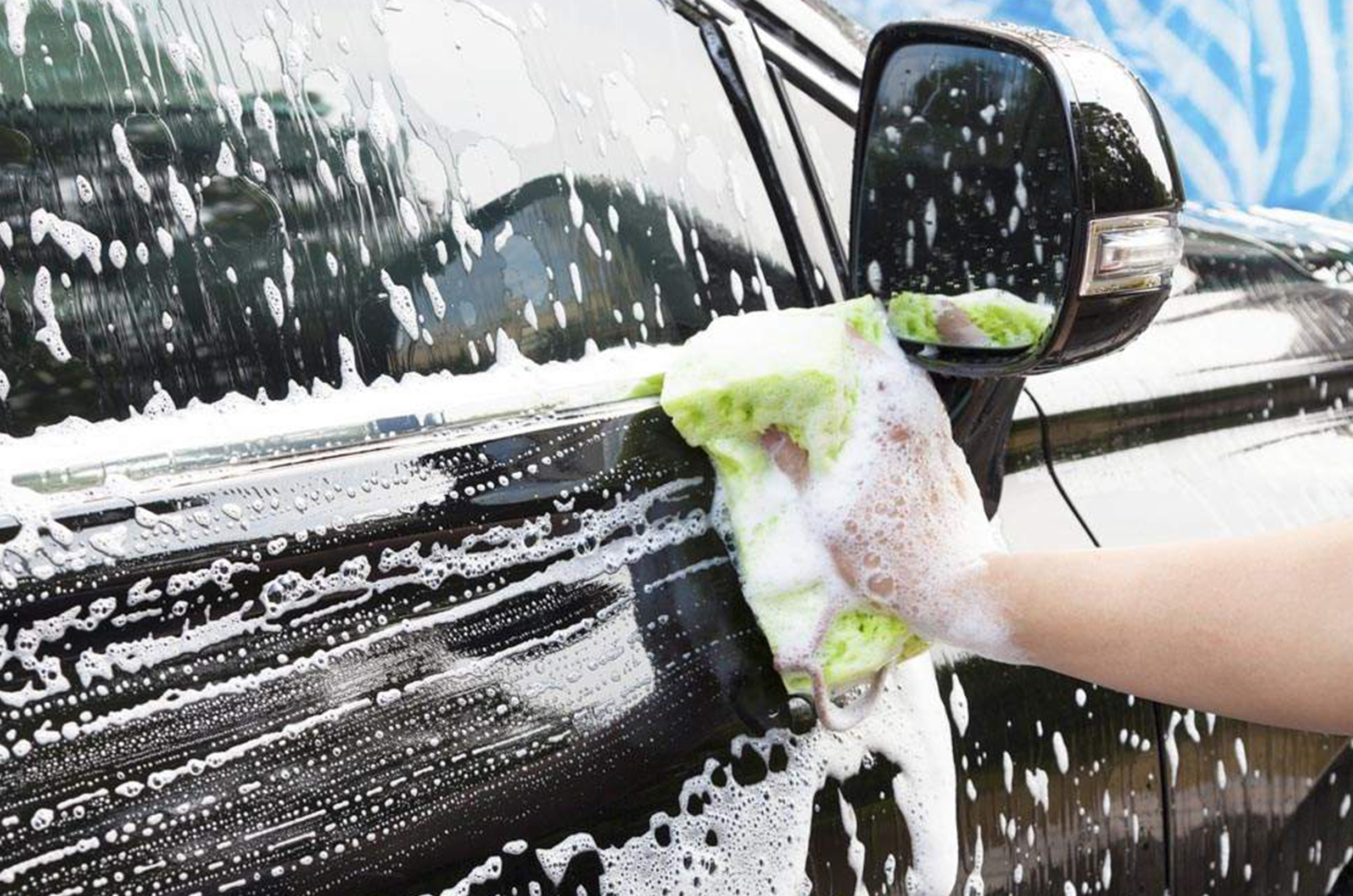
(2) Paint Care
- Waxing
Waxing is a simple and effective method of paint care. Car wax can form a protective film on the car's paint surface, not only increasing the gloss but also improving its dirt resistance, to a certain extent resisting the damage of rainwater and ultraviolet rays to the paint. There are many types of car wax on the market. Ordinary solid wax is affordable and relatively easy to use. Car owners can purchase it themselves and wax according to the instructions. However, ordinary solid wax has relatively poor acid resistance and may leave watermarks after rain.
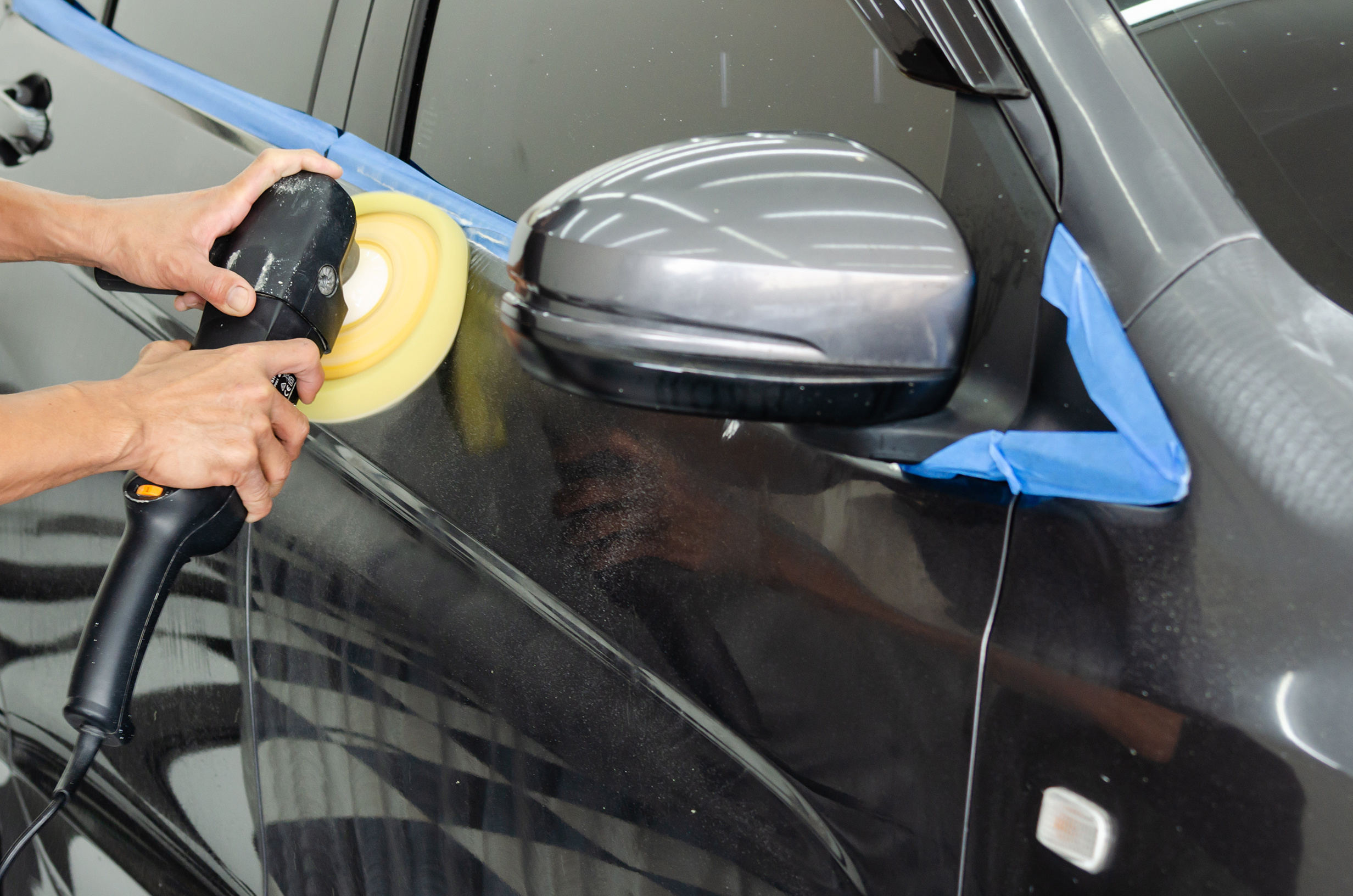
- Glazing and Coating
If you want more lasting and comprehensive protection for the paint, glazing and coating are good choices. Glazing uses special equipment to press glaze into the paint, forming a strong protective layer. Its protective effect is more lasting than waxing, generally lasting for several months or even longer. Coating forms a glass-like film on the paint surface, with higher hardness and wear resistance. It not only effectively prevents paint oxidation and fading but also makes the car body smoother, reducing the adhesion of dust and stains. However, glazing and coating usually require professional personnel and equipment, so it is recommended to go to a regular car beauty shop.
II. Tire Inspection and Maintenance
(1) Tire Pressure Adjustment
As the spring temperature gradually rises, the air inside the tires expands due to heat, and the pressure will rise accordingly. If the tire pressure is too high, the contact area between the tire and the ground decreases, reducing grip. During driving, especially at high speeds or braking, slippage may occur, affecting driving safety. Conversely, low tire pressure increases tire wear and increases fuel consumption. Therefore, tire pressure should be checked at least once a month, including the spare tire, and adjusted according to the standard tire pressure indicated in the vehicle's owner's manual.
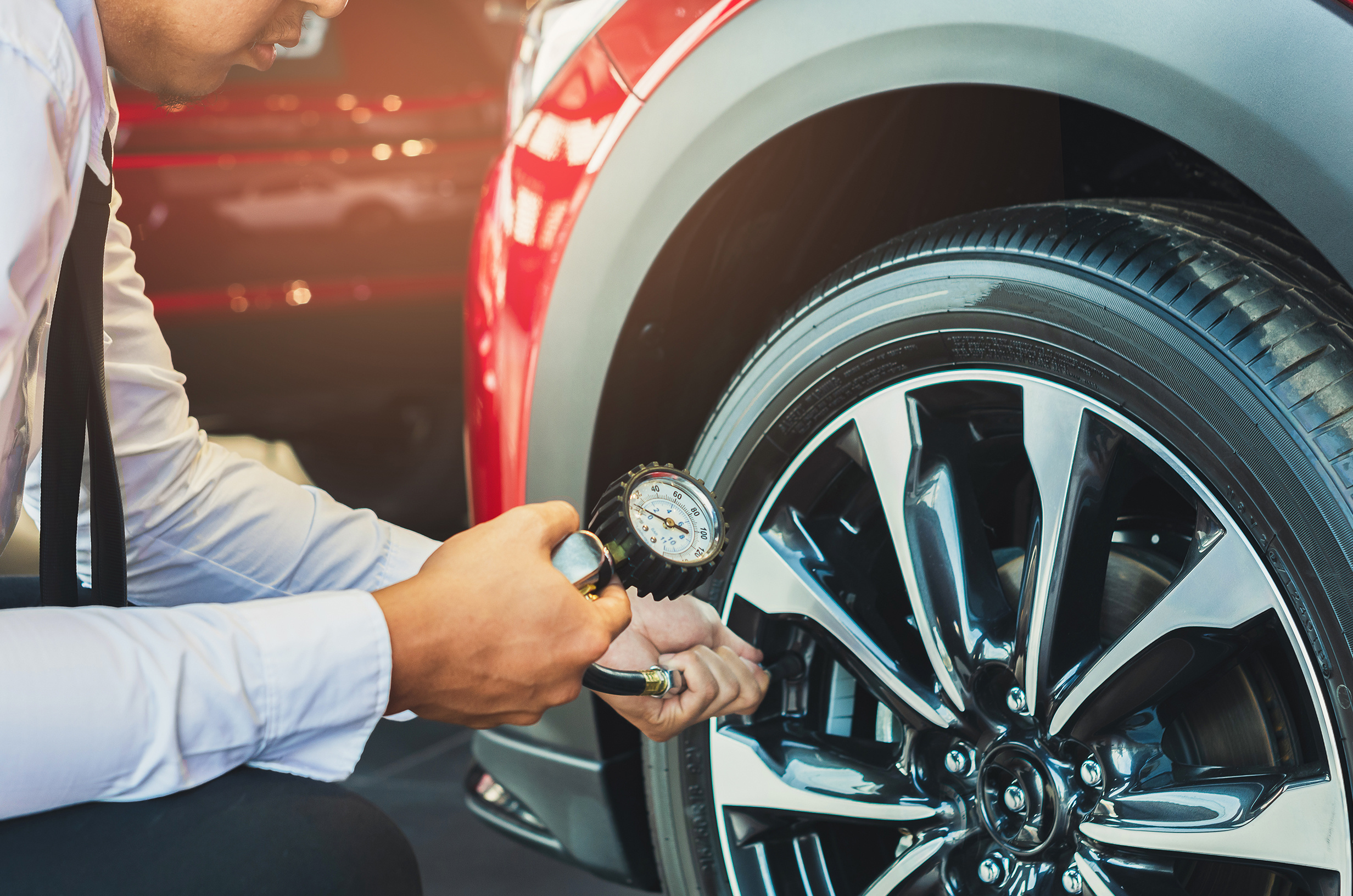
(2) Tire Wear Inspection
After a winter of use, the tires may have worn to varying degrees. With improved spring road conditions and increased vehicle speeds, tire wear will further intensify. Carefully check the tire surface for obvious wear, cracks, bulges, etc. If the tire tread depth is close to the wear limit mark, or if cracks or bulges are found, the tires should be replaced promptly to prevent dangers such as tire blowouts during driving. Also, regularly clean stones and debris from the tire treads. These foreign objects not only affect the tire's drainage performance but may also embed themselves in the tire, causing damage.
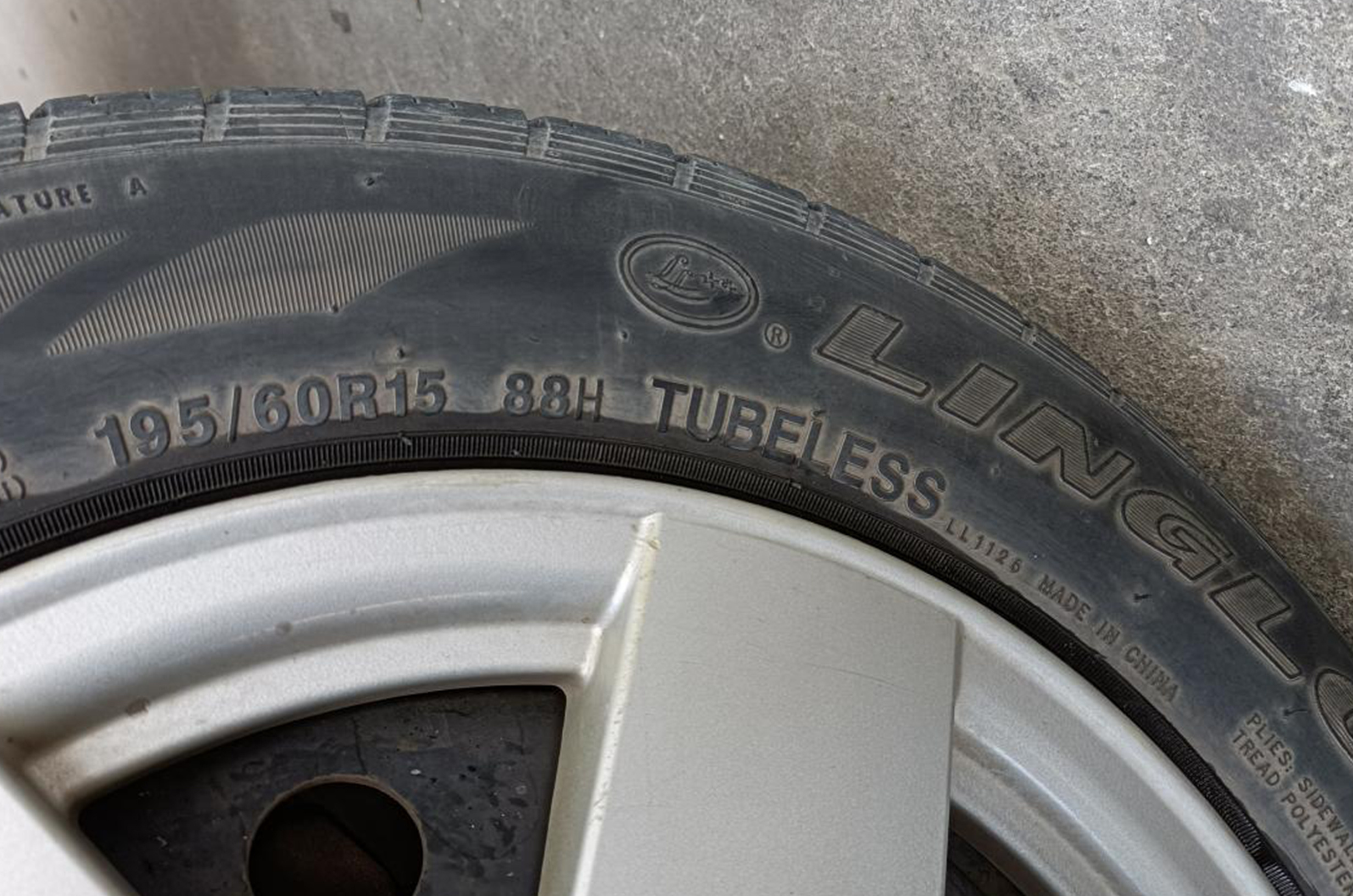
III. Interior Cleaning and Disinfection
(1) Interior Cleaning
In winter, car windows are less often opened for ventilation, and air circulation is poor. Coupled with dust, stains, and inconspicuous food scraps left during daily use, it provides a breeding ground for bacteria. As the temperature rises in spring, bacteria multiply faster, so interior cleaning is urgent. Use professional interior cleaning agents to thoroughly clean the seats, instrument panel, center console, door interiors, etc. For fabric seats, first spray with foam cleaner, then gently scrub with a soft brush, and finally wipe dry with a clean towel. Leather seats should use a special leather care agent, which can clean stains and nourish the leather, preventing it from cracking and aging. During cleaning, be careful not to let water get into electrical equipment to avoid damage.
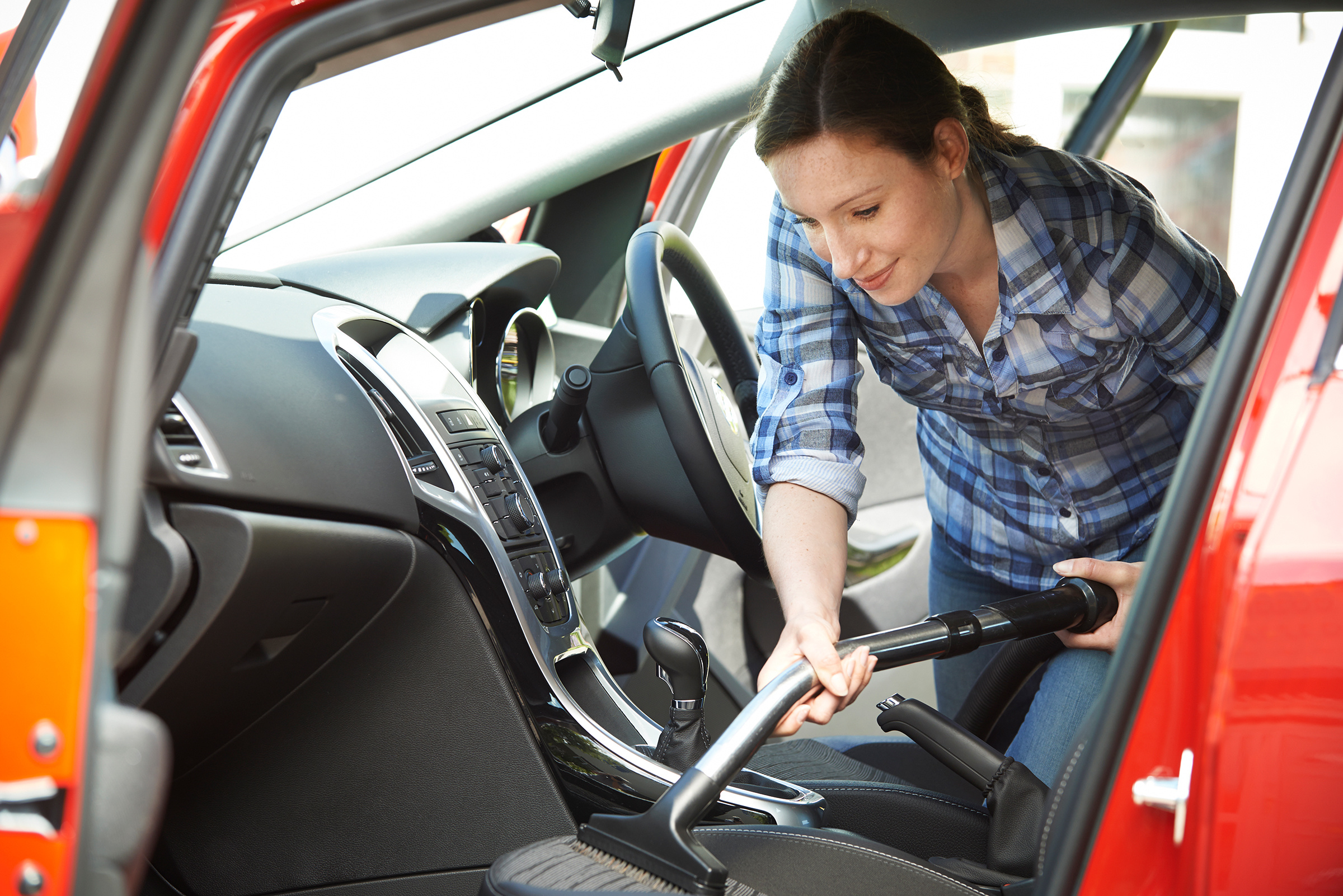
(2) Disinfection and Sterilization
In addition to regular cleaning, car interior disinfection and sterilization are also very important. Steam disinfection can be used to kill bacteria and viruses using high-temperature steam. Evenly spray the high-temperature steam generated by the steam generator on various parts of the car interior, especially areas that easily accumulate dirt, such as seat seams, floor mats, and air conditioning vents. In addition, photocatalytic disinfection can be used. Under ultraviolet light, photocatalysts can decompose harmful gases and bacteria in the car, purifying the air. Regular car interior disinfection creates a healthy and comfortable driving environment for you and your family.
IV. Engine Compartment Maintenance
(1) Oil Check and Replacement
Engine oil is the "blood" of the engine and plays a vital role in its normal operation. After a winter of use, the engine oil may become contaminated, oxidized, and its performance may decline. When checking the oil level, park the vehicle on a level surface, wait for the engine to cool down, pull out the dipstick, wipe it clean with a clean cloth, reinsert it, and then pull it out to check the oil level. The level should be between the upper and lower limit marks on the dipstick. Also, observe the color and texture of the oil. If the oil is black and thick, it needs to be replaced promptly. As the spring temperature rises, choose the appropriate viscosity of oil according to the vehicle's usage and manufacturer's recommendations to ensure good engine lubrication.
(2) Other Fluid Checks
- Coolant Check if the coolant level is within the normal range. If the coolant is insufficient, add the same brand and type of coolant. Do not use water as a substitute. Coolant not only prevents the engine from freezing in winter but also plays a role in heat dissipation in summer. Its boiling point and freezing point are specially formulated. Using water as a substitute may lead to poor engine heat dissipation, or even "boiling over".
- Brake Fluid The quality of brake fluid is directly related to driving safety. Brake fluid is hygroscopic. If it is not replaced for a long time, the absorbed water will lower its boiling point. During braking, high temperatures may cause the water to vaporize, creating air resistance and leading to brake failure. It is generally recommended to replace the brake fluid every two years or 40,000 kilometers. During spring maintenance, check the brake fluid level and quality. If it is cloudy or discolored, it should be replaced immediately.
(3) Engine compartment cleaning
Spring brings more wind and sand and catkins, which easily enter the engine compartment and accumulate on the surfaces of components such as the radiator and condenser, affecting heat dissipation and reducing engine performance. At the same time, debris may also absorb dust, forming deposits that corrode rubber parts and metal pipes, accelerating their aging. Compressed air or a damp cloth can be used to carefully clean dust and debris from the engine compartment, but care should be taken to avoid wetting electrical components to prevent short circuits.
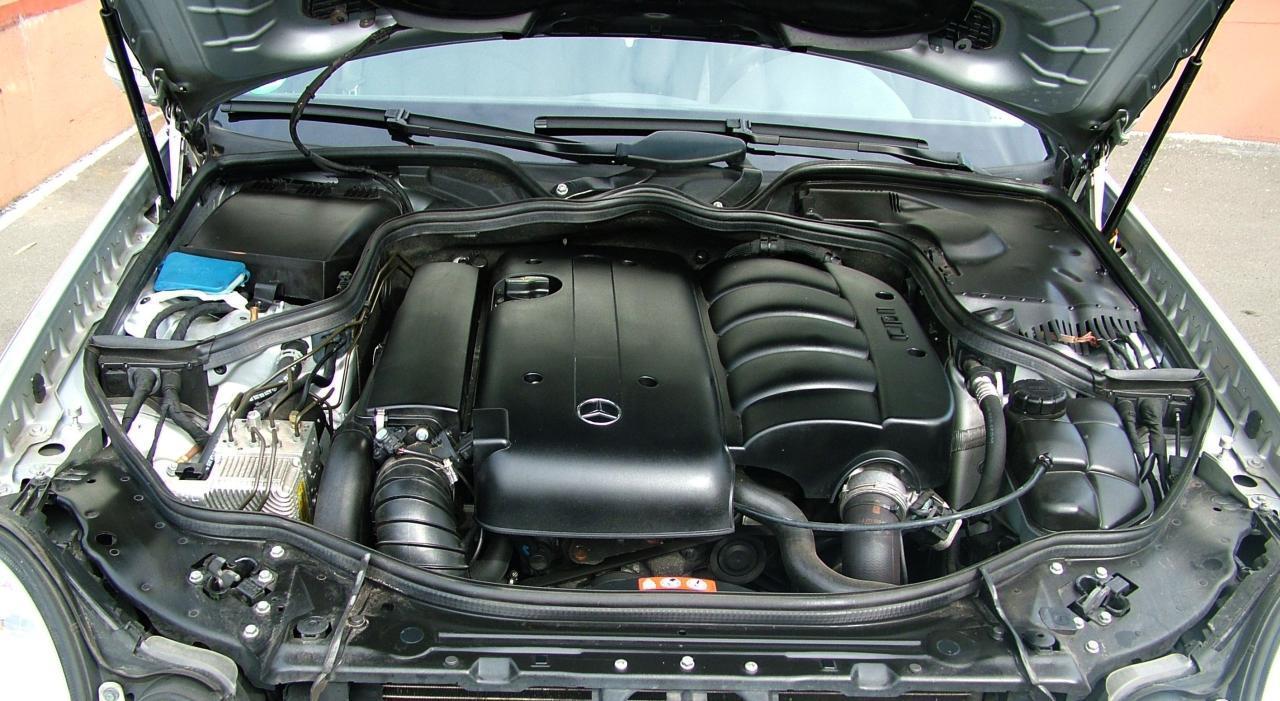
V. Air conditioning system maintenance
(1) Replacement of air conditioning filter
The air conditioning filter is the "guardian" of the air intake of the in-car air conditioner. It can filter dust, pollen, bacteria, and other impurities from the air to ensure fresh air inside the car. After a winter of use, a large amount of dirt may have accumulated on the air conditioning filter. Coupled with the increase in pollen in spring, if it is not replaced in time, it will not only affect the air conditioning effect, but also cause odors inside the car and even harm the health of the occupants. It is generally recommended to replace the air conditioning filter every 1-20,000 kilometers or every six months. During special periods such as the pollen season, the replacement cycle can be shortened appropriately. Replacing the air conditioning filter is relatively simple, and car owners can replace it themselves according to the instructions in the vehicle manual.
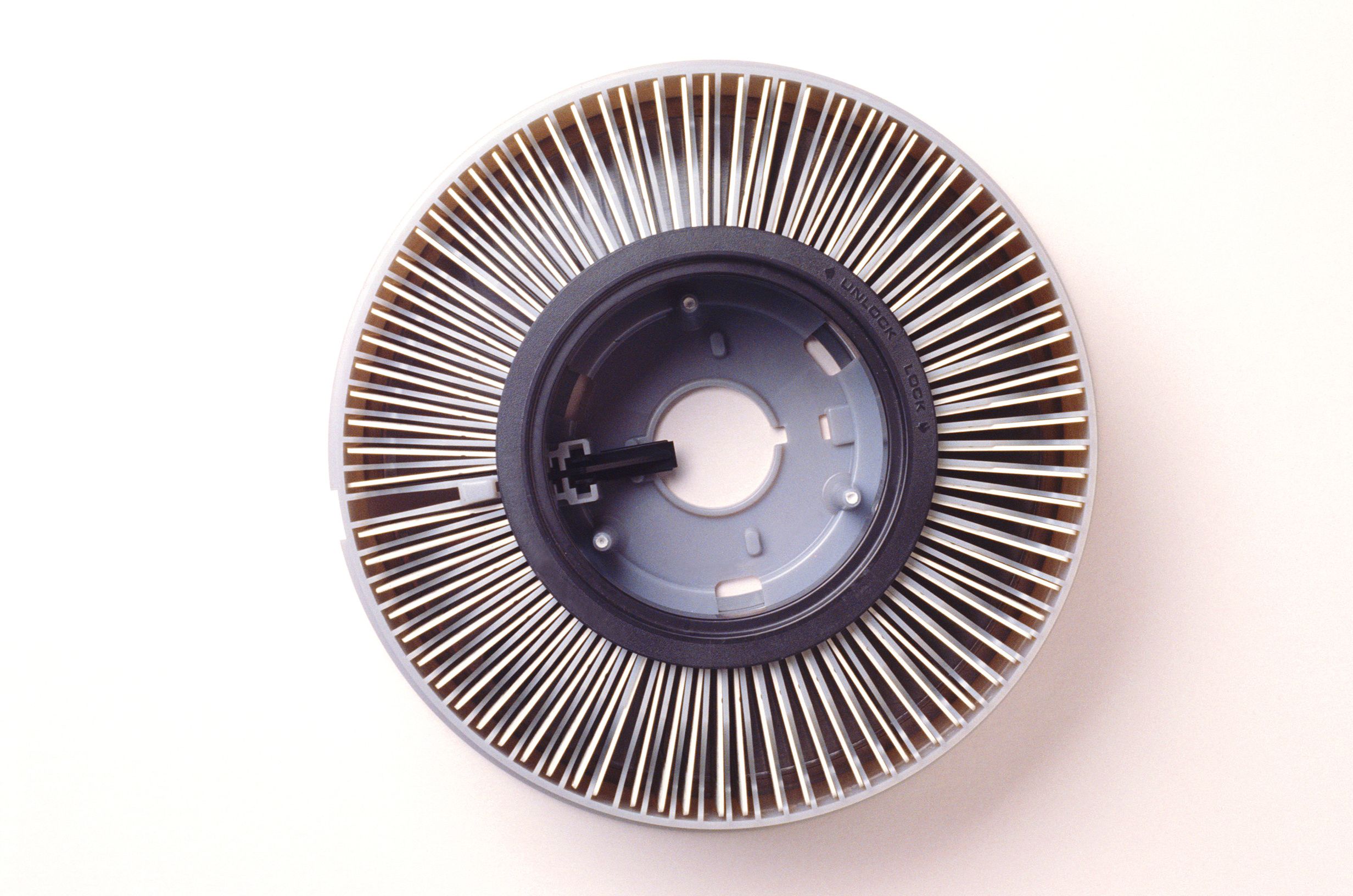
(2) Air conditioning system cleaning
In addition to replacing the air conditioning filter, the inside of the air conditioning system also needs to be cleaned. A special air conditioning cleaner can be used. Spray the cleaner into the air conditioning intake, allowing it to circulate within the air conditioning system to clean the dirt on the surface of the evaporator, condenser, and other components and kill bacteria. After cleaning, turn on the air conditioning cooling or heating mode and let the air conditioner run for a while to discharge the remaining cleaner and dirt out of the car. Regularly cleaning the air conditioning system can effectively improve the cooling and heating effect of the air conditioner, reduce odor generation, and create a comfortable environment in the car.
VI. Windshield wiper maintenance
Spring brings more rain, and windshield wipers become an important assistant during our driving. After the harsh winter, the wiper blades may become hard, aged, or worn. Check whether the wiper has vibration or noise during operation, whether the wiping is clean, and whether the wiper arm swings evenly. If the wiper blades do not wipe cleanly, showing streaks or incomplete wiping, the wiper blades should be replaced immediately. Each time you wash your car, use a damp cloth to wipe the wiper blades to remove surface dust and dirt. At the same time, apply glass water to the glass. This will enhance the wiping effect of the wiper blades and reduce damage to the glass, extending the service life of the wiper blades.
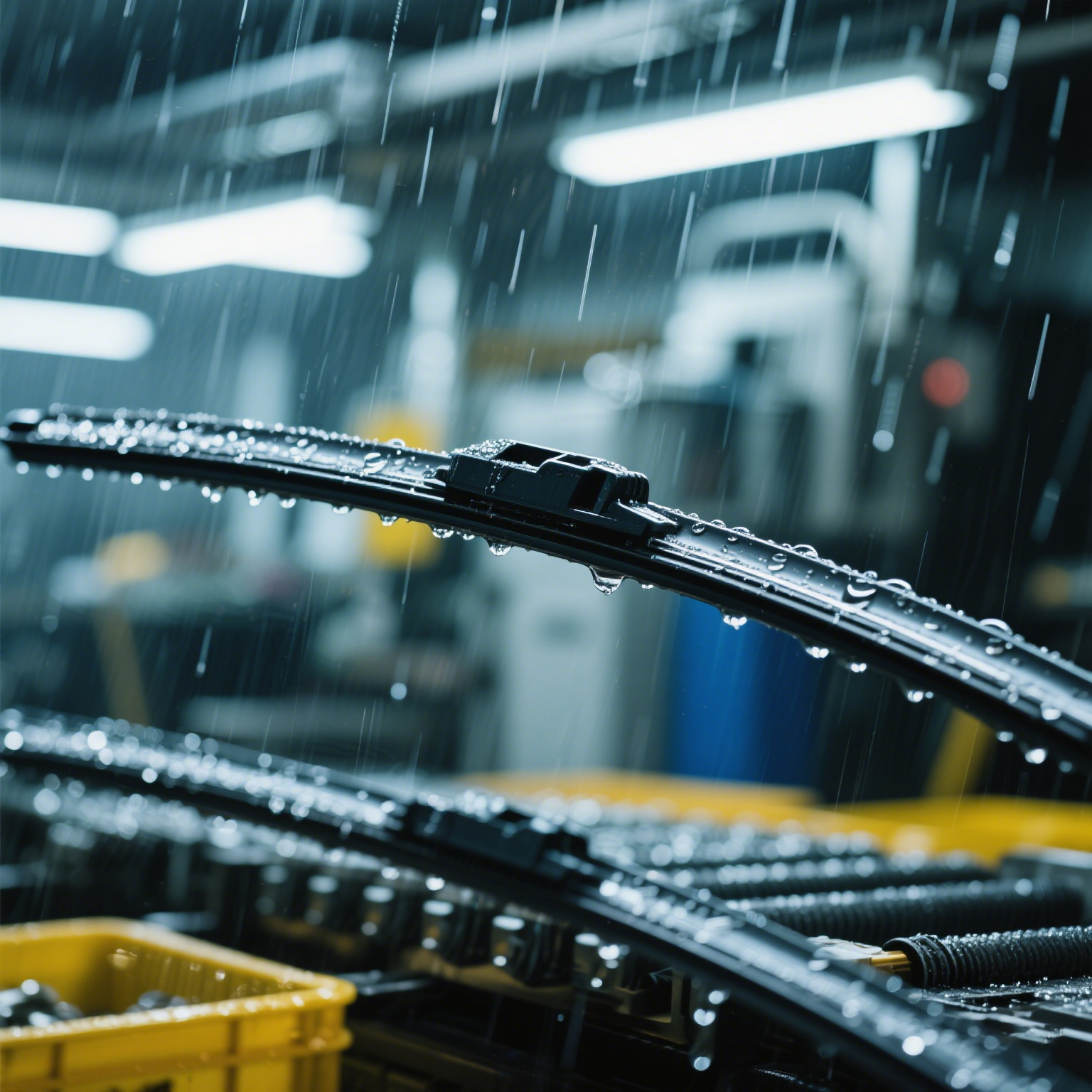
Good spring car maintenance not only keeps your car in good condition and appearance, extending its service life, but also provides strong protection for our travel safety. Car owners, please take action and follow this guide to give your car a comprehensive maintenance. Let's embrace the spring with our cars, full of vitality on every journey. If you have any questions or insights during maintenance, please feel free to leave a message in the comments section!
Key words:
Latest News




